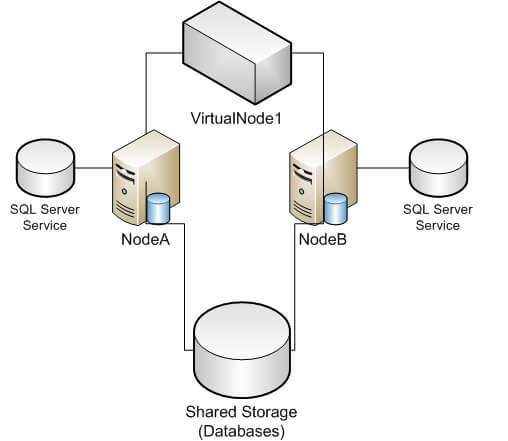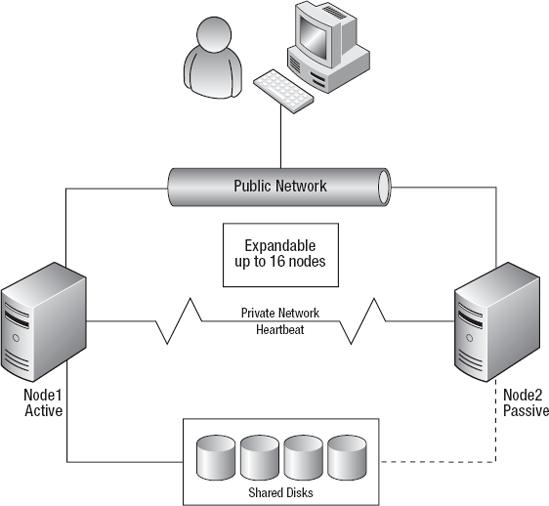Applies to: Windows Server 2019, Windows Server 2016

A failover cluster is a group of independent computers that work together to increase the availability and scalability of clustered roles (formerly called clustered applications and services). The clustered servers (called nodes) are connected by physical cables and by software. If one or more of the cluster nodes fail, other nodes begin to provide service (a process known as failover). In addition, the clustered roles are proactively monitored to verify that they are working properly. If they are not working, they are restarted or moved to another node.
Microsoft Failover Cluster Virtual Adapter Not Operational
- Failover cluster is a feature of Windows Server that allows you to group multiple independent servers into a single failover cluster with high availability and scalability. In this article, we will show you how to create a simple three-node failover cluster configuration running Windows Server 2016 Datacenter or Standard editions.
- Sep 16, 2019 High Availability (Clustering) I am trying to add a node to my cluster that is located in a different vlan. I have created some firewall rules to allow communication, they are: UDP 3343, 137, random port between 1024-65535.
Failover clusters also provide Cluster Shared Volume (CSV) functionality that provides a consistent, distributed namespace that clustered roles can use to access shared storage from all nodes. With the Failover Clustering feature, users experience a minimum of disruptions in service.
Microsoft Cluster Server (MSCS) is a computer program that allows server computers to work together as a computer cluster, to provide failover and increased availability of applications, or parallel calculating power in case of high-performance computing (HPC) clusters (as in supercomputing). Microsoft has three technologies for clustering: Microsoft Cluster Service (MSCS, a HA clustering. Let’s begin step by step Implementing Failover Clustering on Windows Servers 2019 version. Install iSCSI target server feature on storage server VM-WIN-STO01 From Server Role (1) File and Storage Services File and iSCSI Services select ISCSI Target Server (2), next x 2 and Finish to install the role.

Failover Clustering has many practical applications, including:
- Highly available or continuously available file share storage for applications such as Microsoft SQL Server and Hyper-V virtual machines
- Highly available clustered roles that run on physical servers or on virtual machines that are installed on servers running Hyper-V
| Understand | Planning | Deployment |
|---|---|---|
| What's new in Failover Clustering | Planning Failover Clustering Hardware Requirements and Storage Options | Creating a Failover Cluster |
| Scale-Out File Server for application data | Use Cluster Shared Volumes (CSVs) | Deploy a two-node file server |
| Cluster and pool quorum | Using guest virtual machine clusters with Storage Spaces Direct | Prestage cluster computer objects in Active Directory Domain Services |
| Fault domain awareness | Configuring cluster accounts in Active Directory | |
| Simplified SMB Multichannel and multi-NIC cluster networks | Manage the quorum and witnesses | |
| VM load balancing | Deploy a cloud witness | |
| Cluster sets | Deploy a file share witness | |
| Cluster affinity | Cluster operating system rolling upgrades | |
| Upgrading a failover cluster on the same hardware | ||
| Deploy an Active Directory Detached Cluster |

Microsoft Failover Clustering Vmware
| Manage | Tools and settings | Community resources |
|---|---|---|
| Cluster-Aware Updating | Failover Clustering PowerShell Cmdlets | High Availability (Clustering) Forum |
| Health Service | Cluster Aware Updating PowerShell Cmdlets | Failover Clustering and Network Load Balancing Team Blog |
| Cluster-domain migration | ||
| Troubleshooting using Windows Error Reporting |